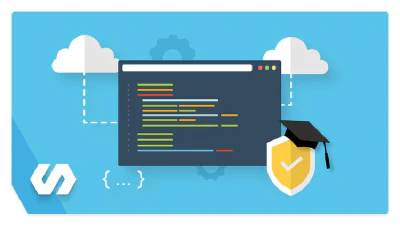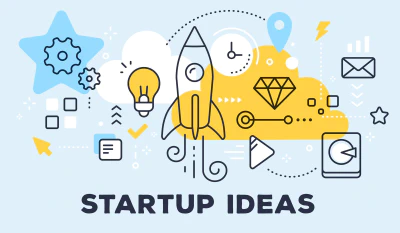
Ethereum and Solidity - Lesson 06 - Ethereum Project Infrastructure
This is a continuation of my previous post Real Projects with Ethereum) - about how to setup a development infrastructure around real-life smart contract.

This is a continuation of my previous post Real Projects with Ethereum) - about how to setup a development infrastructure around real-life smart contract.

Y Combinator’s motto is “Make Something People Want”. But how to find what people want? There are seven steps / considerations to gradually get closer to the answer…

How to build a complex blockchain smart contract? What standard issues will you face with arrays, gas, different types of variables, deployment of contracts, etc? And how to solve them?

What is the right architecture for the app that should work with blockchain (and how it differs from traditional web architecture)? What libraries to use? How to configure environment?

Useful advanced info and techniques of writing and testing Smart Contracts: basic data types, reference data types, global variables, gotchas with dynamic arrays, validations and modifiers, debugging, generating random numbers, sending ether.

What qualities are important to become a great communicator? Is it Charisma or Sincerity? Or something else? How to identify your strengths and weaknesses? And how to use them?

How to answer uncomfortable questions - the questions that difficult for you to answer? There are 8 strategies and 5 things that you should NOT do.

What is the right toolset for Blockchain development? Here are some keywords: nodejs, npm, web3, solc, ganache, mocha, metamask, rinkeby, infura, remix…

The initial questions that any founder faces with:

Why ask questions during a conversation? What mistakes do we make in communication? Two types of questions. Three characteristics of a good listener. The structure of a good question. The structure of the ideal question.